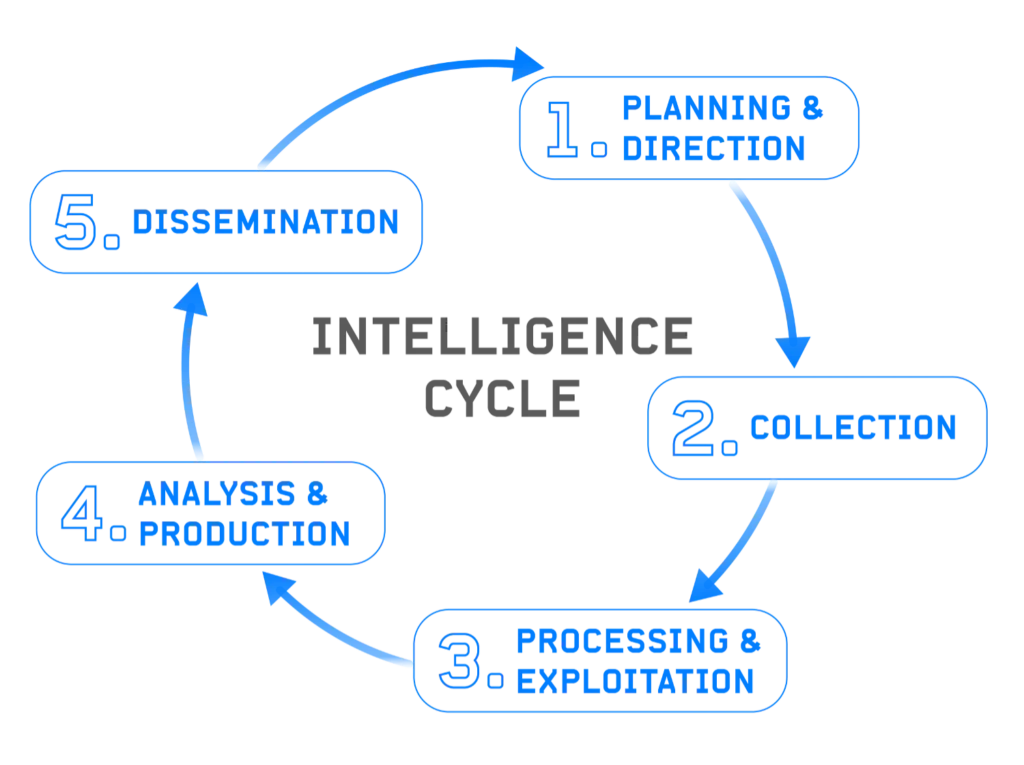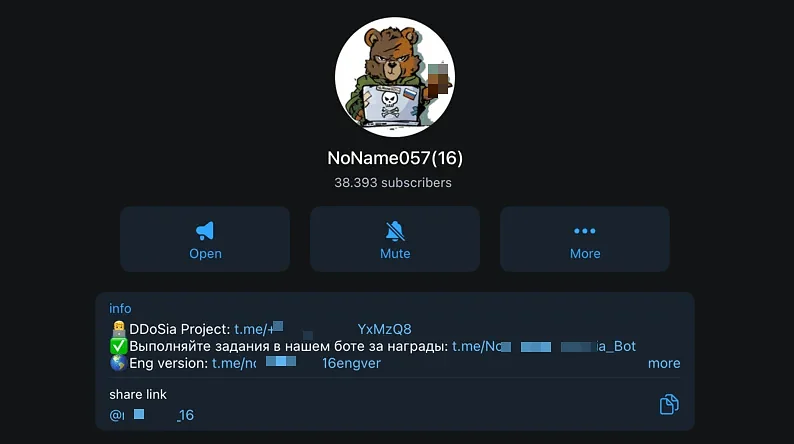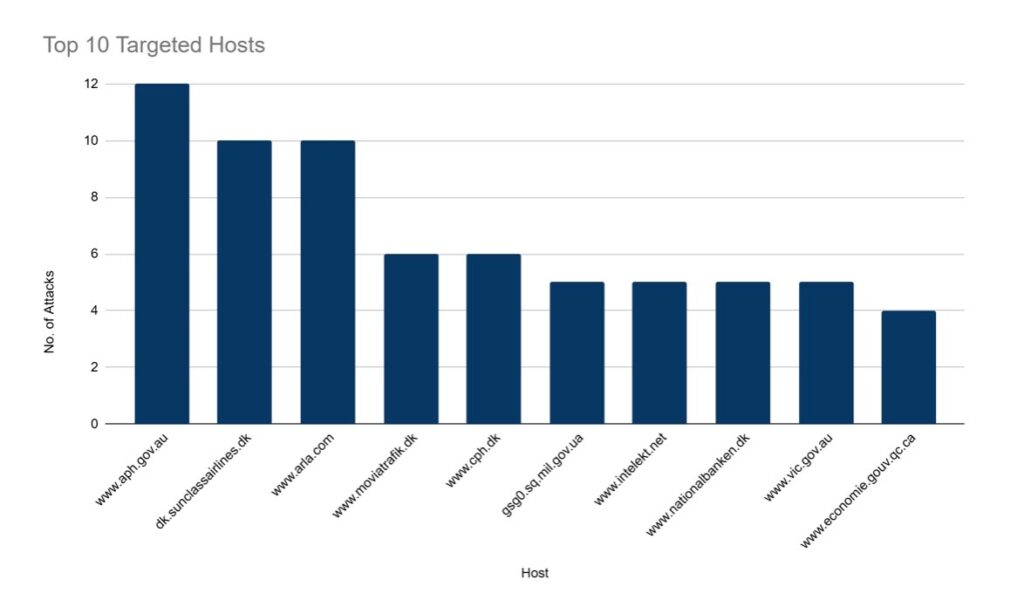A date for your diaries, or rather, your calendar 🙂 Please join us on Wednesday, June 4th at 4pm UK time for our third webinar of the year where I will be taking you through our platform updates, and there are many!
Look forward to seeing you and taking your questions.
Best wishes,
Amir
Who is this for?
- Anyone in a business or organisation who has responsibility for online security
- CTOs or senior managers who want to understand why there is a critical need for a service like SOS Intelligence
- IT / Cyber Security teams
- Business owners who are worried about the recent cyber attacks in the UK
What we will cover:
NEW Key Features
- SSO
- Better UX
- Threat Tracker
- Domain Monitor
- DARKMAP rebuild and improvements
- On demand RFIs
- Vulnerability Intelligence
Our AI Analyst
- Fully Integrated, private LLM agent
- Alert Analysis
- Content Analysis
- Natural Language querying
Hosted by Jon Moss and SOS Intelligence Founder and CEO, Amir Hadzipasic
Sign up to the webinar to receive a recording via email if you cannot attend on the day. By signing up you will also receive our newsletter for future events. You can always unsubscribe with one click.











































Recent Comments